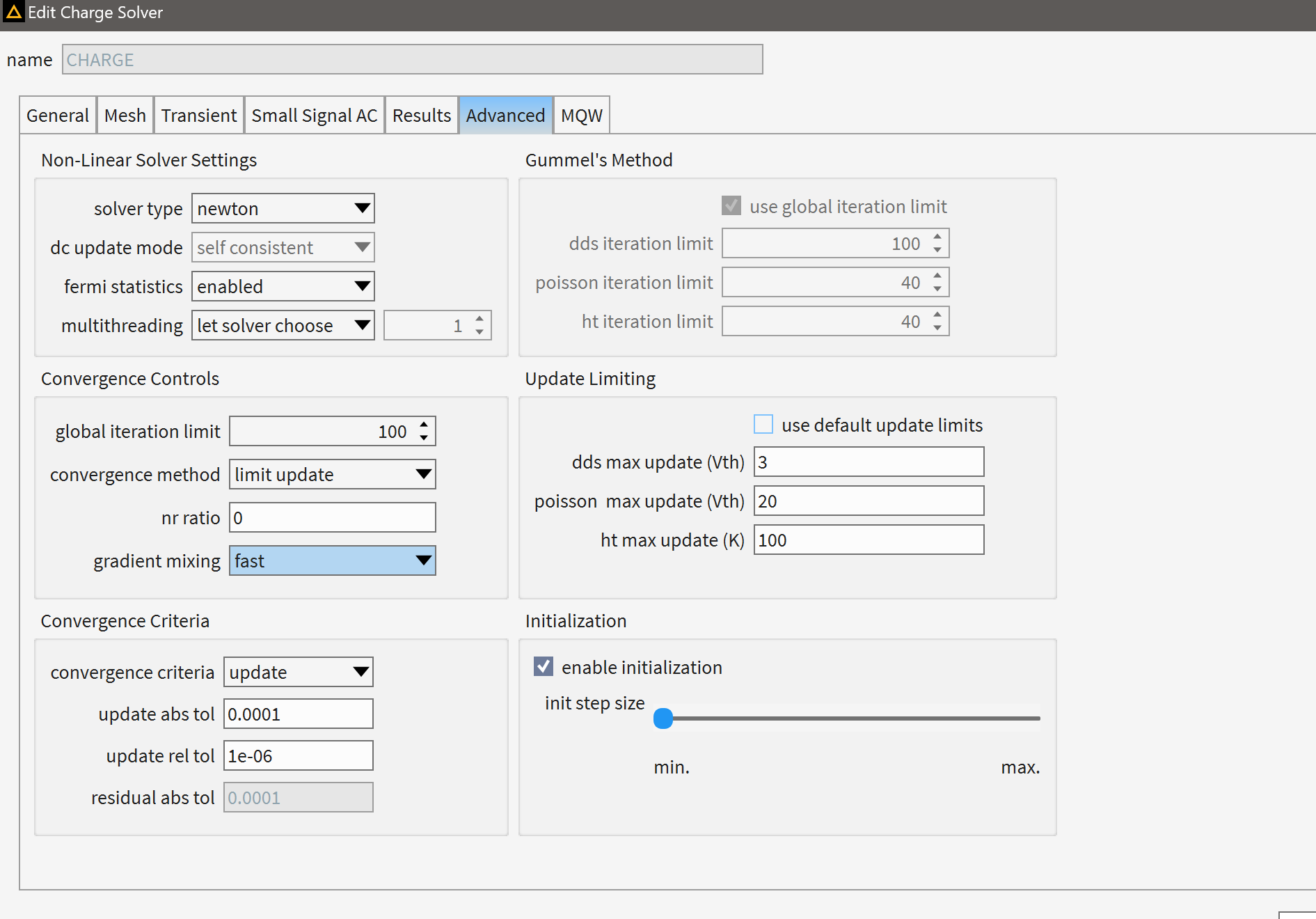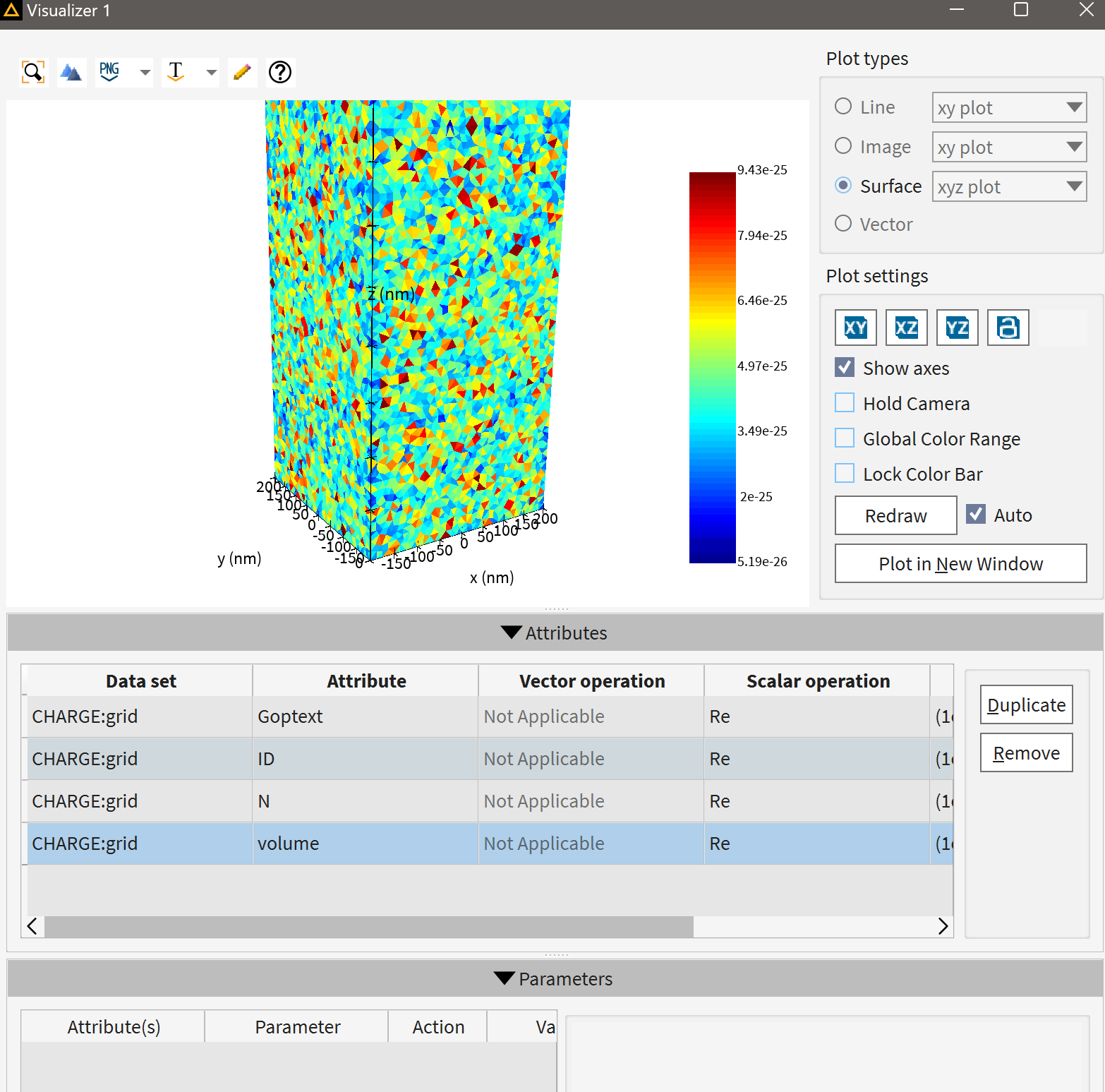-
-
May 20, 2025 at 3:48 pm
2382923580
SubscriberNow I have imported the. mat file generated by solar_generation in FDTD into CHARGE. May I ask what settings are needed for the CHARGE model? My current problem is that the initialization failed to converge, but after reading the official manual, it was not resolved. It may be a setting issue. Besides the ones in the figure, what other se
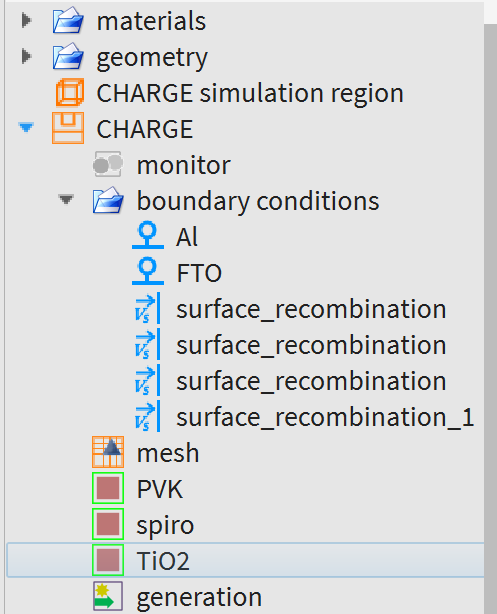 ttings do I need to add or modify to the model.
ttings do I need to add or modify to the model. -
May 20, 2025 at 10:35 pm
Amrita Pati
Ansys EmployeeHi,
Convergence issues can be caused due to several reasons like the mesh, material models, and so on. It might be a bit challenging for me to identify the root cause without having a look at the simulation file.
My first question would be, are you able to get past the initialization stage with the "generation" object disabled/under dark conditions? Can you send a screesshot of the mesh/grid after the meshing stage? Also, are you using any advanced material models like high-field mobility/impact ionization?My recommendation would be to simplfy the simulation, such as disabling the surface recombination boundary conditions, the optical generation rate, turning off any advanced material models. With these disabled, check if you are able to solve the convergence issue. Then you can enable these models/parameters one by one and narrow down on which input parameter is causing the convergcne error and then we will discuss how to address the error.
Regards,
Amrita-
May 21, 2025 at 1:31 am
2382923580
SubscriberI cannot get past the initialization stage with the “generation” object disabled,I don’t use any advanced material models like high-field mobility/impact ionization.Thank you for your reply.In addition, I have reviewed all official cases that have used this import method,such as https://optics.ansys.com/hc/en-us/articles/360042160334-Thin-film-GaAs-solar-cell,3D pillar silicon solar cell,Silicon solar cell with TiO2 pyramid array and so on, but still have not learned the settings that I missed.If it is convenient, could you please let me know your email address so that I can send you the model?This is very important to me.
-
-
May 21, 2025 at 4:38 pm
Amrita Pati
Ansys EmployeeHi,
Then I would recommend trying to resolve the convergence error without the generation object first. Also, are you able to get convergence for a 2D slice? In general, it is harder to attain convergence in 3D simulations so it is best to go into the final simulation after we can get the simpler configurations to converge.
The mesh screenshot doesn't give any useful information. I believe it is because we are seeing the exterior surface and the fetaures are on the interior. Also, I would recommend visualizing the mesh with the "Show" "surface and mesh" option:
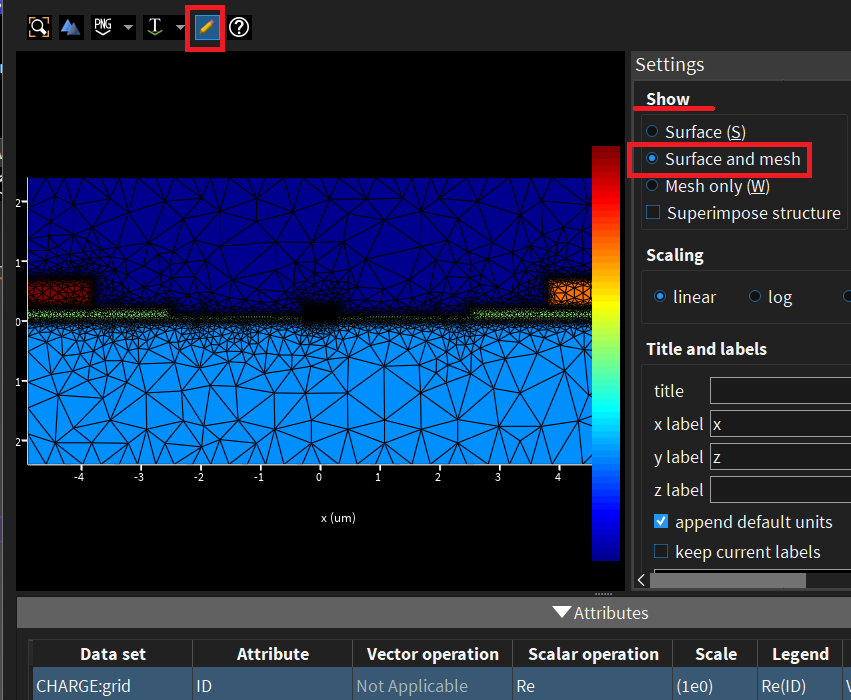
It can tell you if each feature is being properly resolved (or too resolved) or not. Are you starting the voltage sweep at 0V? Are you using any mesh override? What is the overall simulation size and what is the mesh size? What is the thinnest layer?
Unfortunately, we are not allowed to share our email address on a public forum or exchange files. Would you be able to share an official email address (like university) email with us?
Regards,
Amrita-
May 22, 2025 at 5:04 am
2382923580
SubscriberHi,this time I use 2D simulation,but Drift-diffusion/Poisson Newton solver failed to converge after 100 iterations. Device solution update error ratio norm is 1.32431e+59 Device residual norm is 2.9635e+08. Residual ratio (last iteration/first iteration) is 37358.5. JRPTFRC9(process 0): Warning: The charge transport solver failed to converge (Convergence Failure).
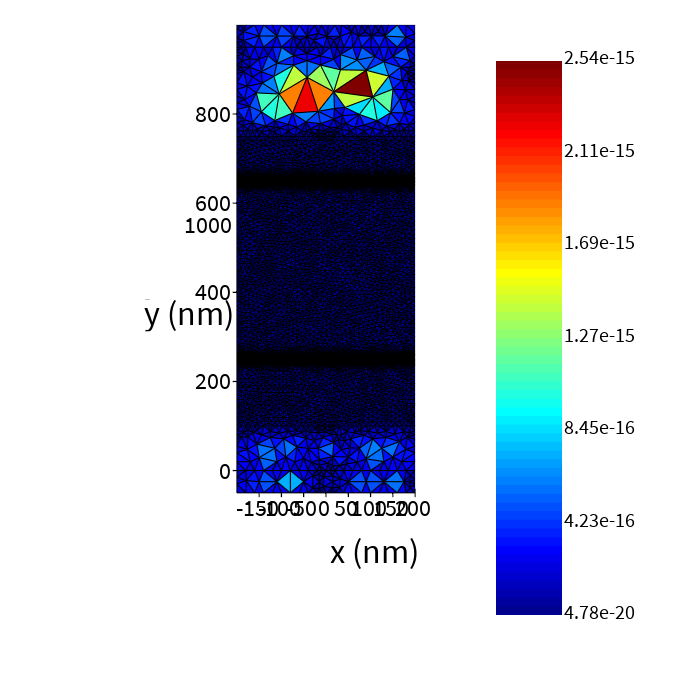
-
-
May 21, 2025 at 5:16 pm
2382923580
SubscriberDear sir,
I appreciate your response; however, as I am currently in China, the time difference limits our working hours, which causes a conflict. This has resulted in my slow response after reviewing your solution, making it difficult to efficiently resolve this issue within the limited time frame. I am eager to resolve such problems.If possible, I can provide this for a fee.Or,you can give me some ways to get paid guidance.It would be better if they are some technicians from the Chinese region.Best wishes!
Additionally, my univers email is 2109030114@s.upc.edu.cn.
-
- You must be logged in to reply to this topic.



-
3139
-
1007
-
923
-
858
-
792

© 2025 Copyright ANSYS, Inc. All rights reserved.

